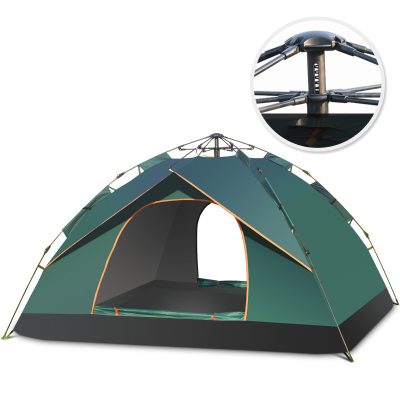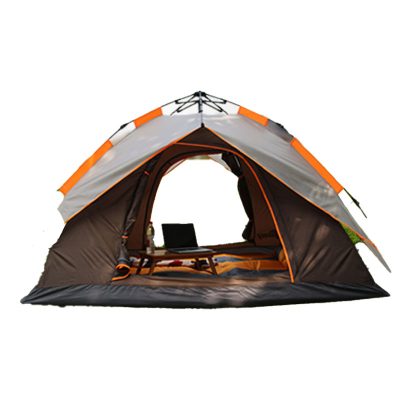1. Set up tents on hard and flat ground as much as possible, and do not camp on river banks and dry river beds.
2. The entrance of the tent should be leeward, and the tent should be kept away from the hillside with rolling stones.
3. In order to prevent the tent from being flooded when it rains, a drainage ditch should be dug directly below the edge of the roof.
4. The four corners of the tent should be covered with large stones.
5. Air circulation should be maintained in the tent, and fire should be prevented when cooking in the tent.
6. Before going to bed at night, check whether all the flames are extinguished and whether the tent is firmly fixed.
7. To prevent insects from entering, you can sprinkle a circle of kerosene around the tent.
8. The tent should face south or southeast to see the morning sun. Try not to camp on a ridge or a mountain top.
9. At least there should be a groove, and don’t put it on the side of the stream, so that it won’t be too cold at night.
10. Choose a campsite with good drainage such as sand, grass, or cuttings.
Afterwards, please pay attention: in the wild, we must protect the natural environment, do not harm wild animals, do not cut down, do not damage natural vegetation, and do not pollute water sources. The fire must be completely extinguished when the camp is withdrawn. Put it in a designated place, and bury the garbage in a pit when it cannot be taken away in special circumstances.

























